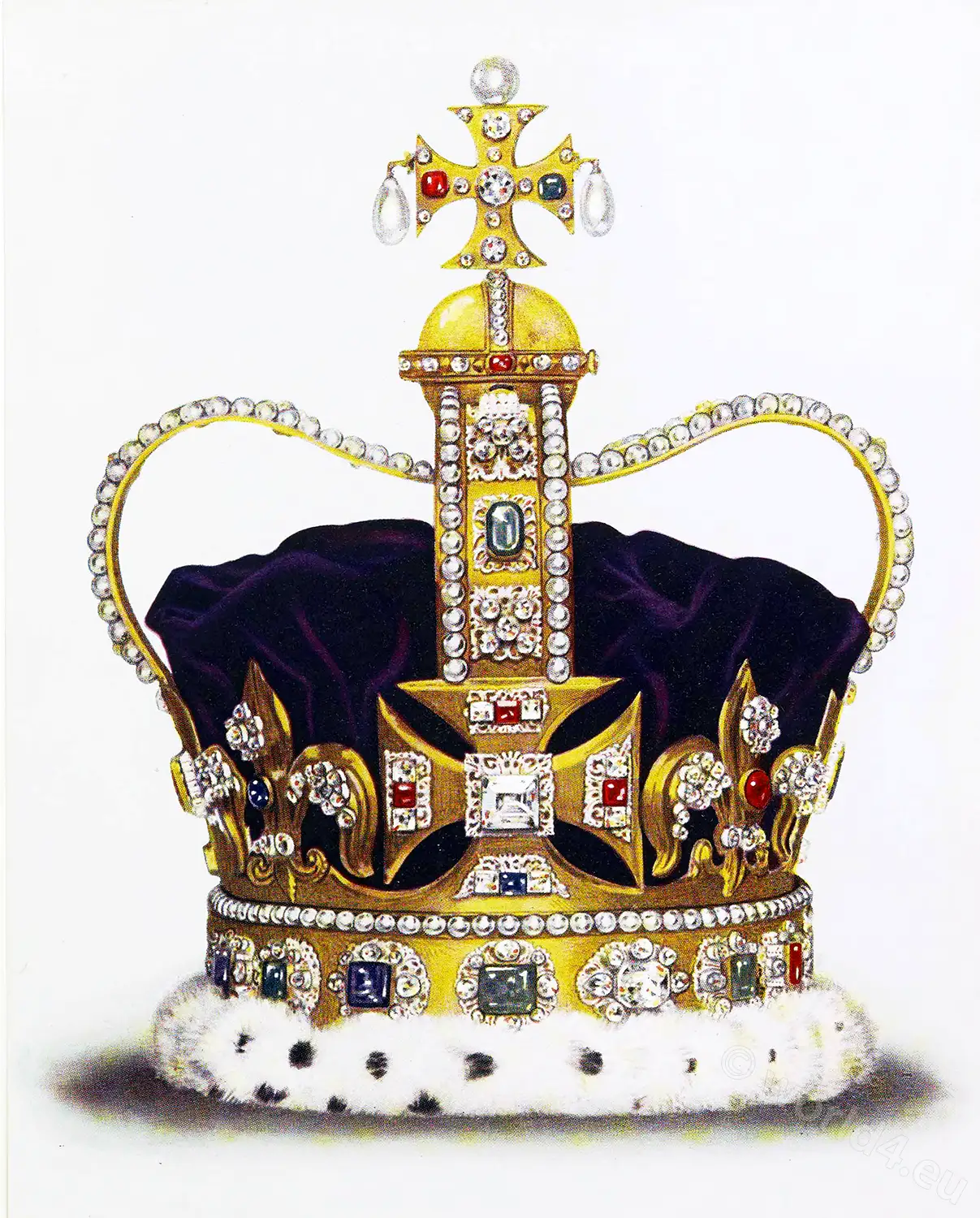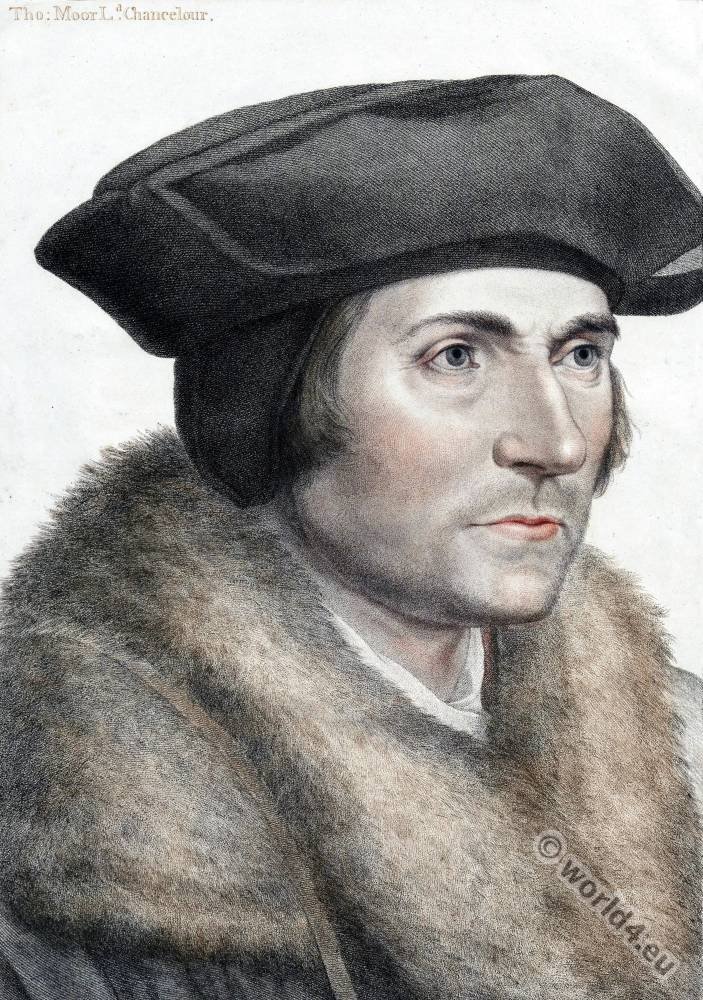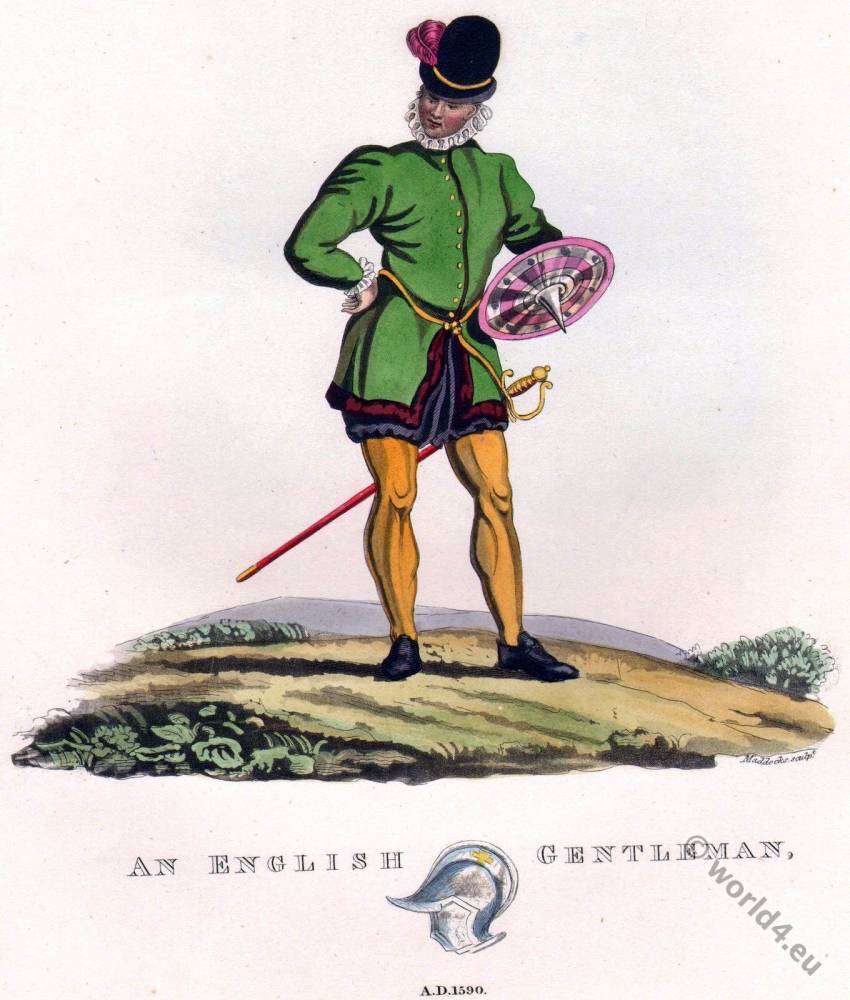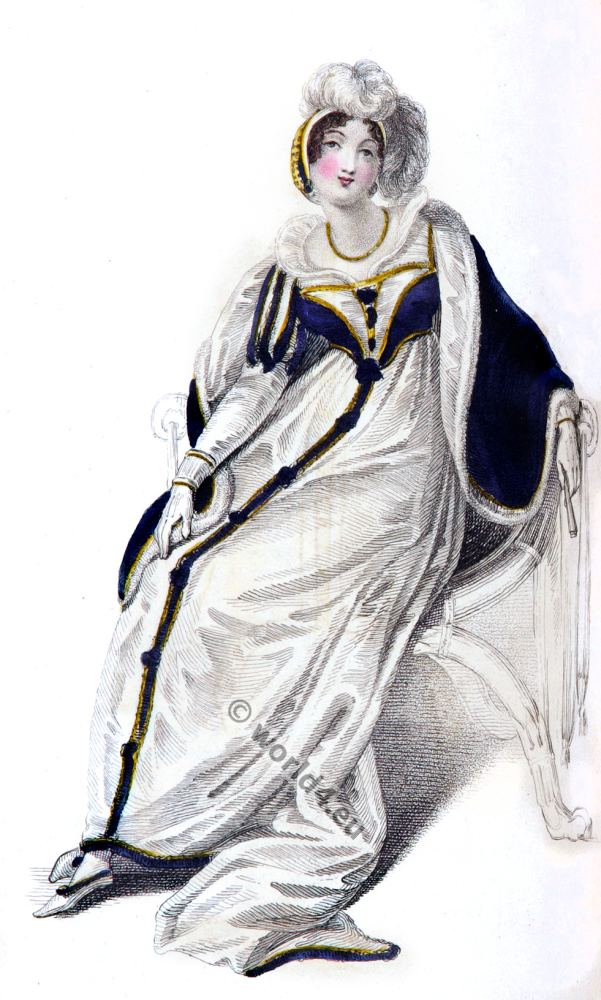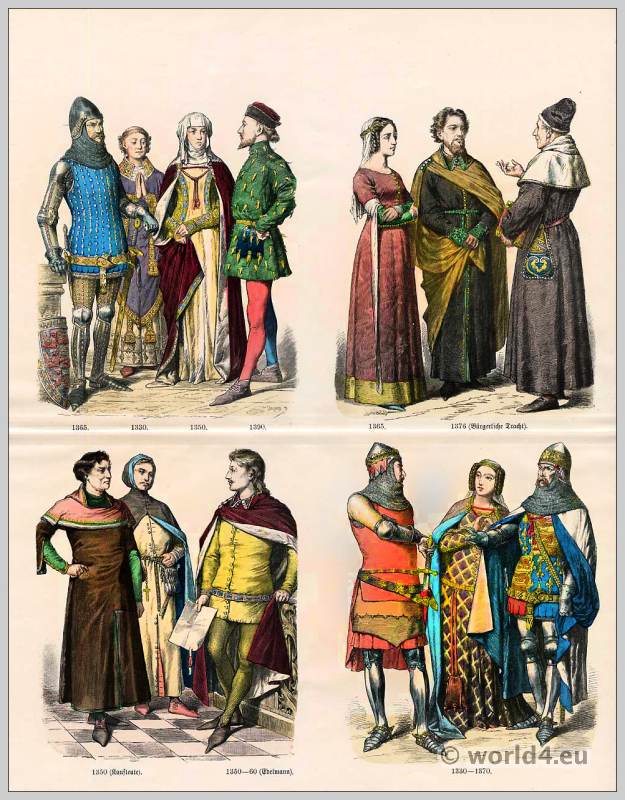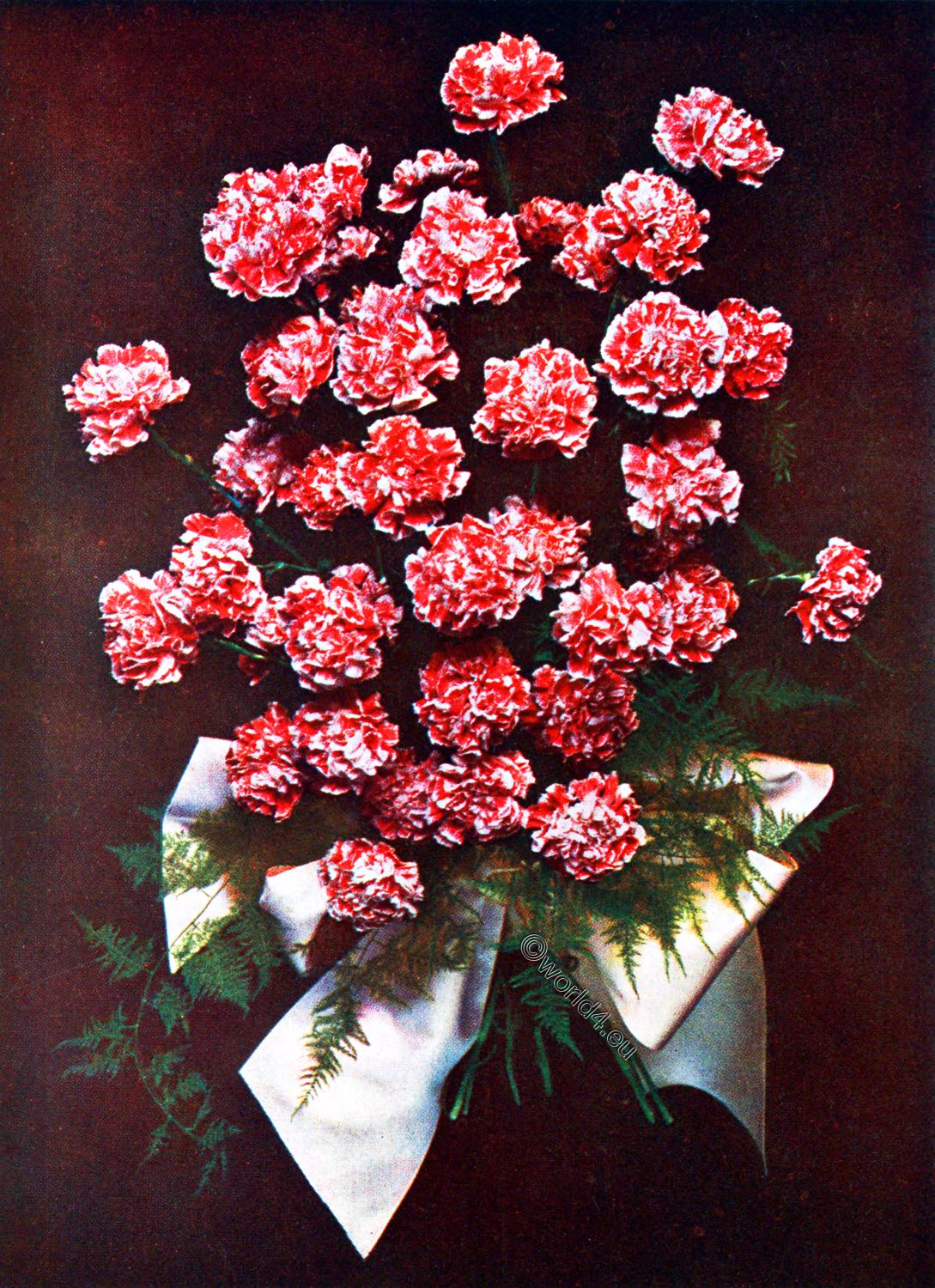GEOFFREY CHAUCER.
Was an English writer and poet who became famous as the author of the Canterbury Tales. He was born around 1342 in London and died probably on 25th October 1400 in London. DAN Chaucer, as he is termed by some of our older writers, is the popular representative of the earlier period of English poetry; indeed he may be considered The Poet, par excellence, of the English Middle Ages. In spite of the antiquated character of his language, the Canterbury Tales will never cease to be generally read. Yet, as has been the case with many other great literary characters in ages when society was but half formed, in spite of his great fame, which was already established during his life time, many of the most important parts of his life are covered with mystery.
We have no memorials left of his birth or of his parents, and the rank or condition of the latter has been a subject almost as much disputed as the celebrated question of the birthplace of Homer. The date of Chaucer’s birth has been placed in the year 1343; we have his own authority for stating that it took place in London. The place of his education has also been a matter of controversy, but from some expressions in his works it seems probable that he studied in Cambridge. It is said that he afterwards entered at the Temple; and his old biographer and editor Speght, informs us that there was there a record of his having been “fined two shillings for beating a Franciscane frier in Fleet Street.” In the records of the reigns of Edward III. and Richard II., we find evidences of his having held various employments under the government, and entries of many payments to him from the exchequer.
In the forty-eighth year of the reign of the first of these monarchs, he had a grant of a pitcher of wine daily during his life. Two years before this he had been sent by the king as envoy to Genoa. He returned to England imbued with a taste for the beauties of the Italian poets—for poetry then flourished in Italy. He died on the 25th of October, 1400.
We are informed by Speght that the epitaph originally inscribed on Chaucer’s monument at Westminster, was as follows:— “Galfridus Chaucer, vates et fama poesis, Maternae hac sacra sum tumulatus humo.”
Although the poet was certainly wrong who called Geoffrey Chaucer a “well of English undefiled,” for he wrote at the period when our language was most corrupted by the introduction of Gallicisms, yet he was certainly the first writer, since the breaking up of the Anglo-Saxon language, who gave absolute elegance and smoothness to the English tongue. His ear and taste had, indeed, been improved by an acquaintance with the poetry of a softer clime. In this respect he fully merited the encomium awarded to him by Lydgate:- “The notable rhetor, poet of Britaine, That worthie was the laurell to have Of poetry, and the palme attaine; That made first to distill and raine The golde dew-drops of speech and eloquence Into our tongue, thorough his excellence.
“And found the floures first of rhethoricke, Our rude speech only to enlumine, That in our tongue was never none him like. For as the sunne doth in heaven shine In mid-day sphere downe to us by line, In whose presence no sterre may appere, Right so his ditties, withouten any pere.”
It is certainly remarkable that he not only stepped into a place infinitely above the flight of those who had gone before him, but that for nearly two centuries after nobody came that could put in a claim to rival him. His contemporary Gower, and his followers Occleve and Lydgate, with their heavy and spiritless versification, stand like pigmies beside the giant. He was, indeed, the sun of the firmament, whose light overwhelmed the twinkling of the small stars around.
There are preserved several different portraits of Chaucer. His disciple Occleve caused a picture of him to be painted at the beginning of a manuscript of his book De Regimine Principis, which he presented to Henry V. Under the drawing he inscribed the following stanza: “Although his life be queint, the resemblance Of him that hath in me so fresh livelines, That to put other men in remembraunce Of his person, I have here the likenes Doe make, to the end, in soothefastnes, That they that of him have lost thought and mind By this peinture may againe him find.”
Copies of this portrait are found in one or two MSS. of Occleve’s book; and one of them was engraved to illustrate Tyrwhitt’s edition of the Canterbury Tales. A different picture, representing the poet on horseback, is given in Todd’s Illustrations of Gower and Chaucer, from a MS. now in the library of Lord Francis Egerton. In this portrait, the face is good, but the body is remarkably ill proportioned. The one we now give is preserved on a single leaf of vellum in the British Museum, MS. Additional No. The resemblance which these different portraits bear to each other leaves no room to doubt that the likeness is correct.
The initial letter on the preceding page is taken from a vellum manuscript of the fifteenth century.
Geoffrey Chaucer was born around 1342 in London and died probably on 25th October 1400 in London.
Geoffrey Chaucer is considered the founder of modern English literature. While in the early Middle Ages, the Old English had produced a rich literature, but this writing tradition ended abruptly after the Norman invasion 1066th. From then on, French and Anglo-Norman were the language of the upscaled and educated classes. It was not until the 14th century that English gained prestige again, and Chaucer was one of the first to serve as a literary language.
His work is usually divided into three creative phases, each reflecting his literary influences and ultimately his emancipation from his models: The “French” phase (before 1372); The “Italian” phase (1372-87); The “English” phase (after 1388). The Canterbury Tales arose for the most part after 1388, in Chaucer’s “English” phase. His literary model, however, is Boccaccio’s Decamerone (1353).
The most famous poem of English-language modernity, T. S. Eliot’s The Wasteland (1922) begins with a reference to the first words of the Prologue of the Canterbury Tales:
Canterbury Tales, General Prologue
Whan that Aprill with his shoures soote
The droghte of March hath perced to the roote,
And bathed every veyne in swich licour
Of which vertu engendred is the flour;
Whan zephirus eek with his sweete breeth
Inspired hath in every holt and heeth
The tendre croppes, and the yonge sonne
Hath in the ram his half cours
The Waste Land
April is the cruellest month,
breeding Lilacs out of the dead land,
mixing Memory and desire,
stirring Dull roots with spring rain.
Winter kept us warm,
covering Earth in forgetful snow,
feeding A little life with dried tubers.
Source: Dresses and Decorations of the Middle Ages by Henry Shaw F.S.A. London William Pickering 1843.
Related
Discover more from World4 Costume Culture History
Subscribe to get the latest posts sent to your email.



